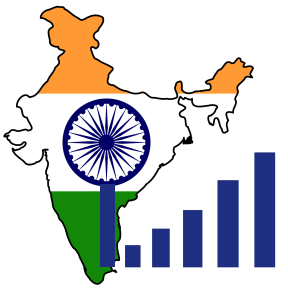In markets like China and India, which are showing explosive growth in the connectivity and tech sectors, there’s a bit of a gap between supply and demand. Not that the two are ever at parity even under the best of conditions — but the very thing that makes these markets volatile is what makes them harder to grow: the lack of infrastructure.
When it comes to mobile and broadband, you can sell it as fast as you can make it, but nobody ever said making it would be easy — or cheap. The government of India has just gotten a vague estimate of “tens of billions” of dollars in order to take the next step in rolling out their broadband network. What happens next? A bloodbath, as corporations worldwide compete to get their foot in the door.
It’s times like these when the foundation is laid for the whole next period of the sector. Like the AT&T-T-Mobile merger, the game being played is a long one, and while however expensive some billions may seem in 2011, these things have a way of snowballing down the line.
The Telecom Regulatory Authority in India issued a report saying that only 12-13% of the demand for growth is being met by domestic production. That leaves plenty of room for foreign companies with deep pockets and 15-year plans to step in. Lots of the cost is simple things like labor, common parts, and licenses. But the technologies and methods adopted are far from universally agreed-upon, and should, say, Mitsubishi supply the flux capacitors instead of Qualcomm, the die is weighted in their favor for both future hardware and future licensing agreements, and it sets the stage for carrier and OEM decisions for years to come. They’ll be willing to shell out billions, or borrow it from whatever government is feeling lucky and pay it back when the investment matures.
But that’s all business 101: India’s broadband push is just another chance to buy low. The familiar faces here in the US no doubt have their fingers in the pie somehow, but the connections are too tortuous to follow. But when there are a billion phone numbers at stake, it’s a safe bet that they’re watching closely.
Update: in my haste I used an outdated map as the basis for the graphic at the top. I’ve redone it.
Update 2: Apparently the second map also was wrong. God damn!
